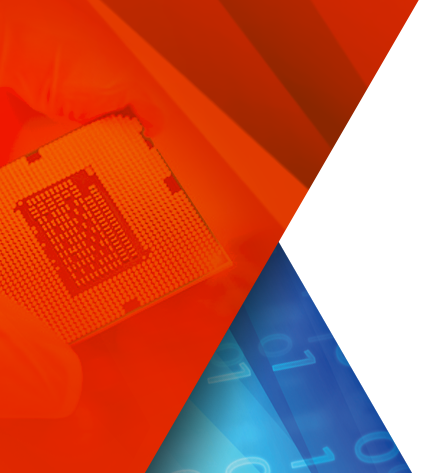Standard Level - 5 days
ARM processors are the de facto standard for 32 bit microcontroller applications. ARM provides a wide range of cores, from the very low cost ARM7TDMI processor to the high performance and feature-rich ARM1176TZ-S processor.
Doulos has been an ARM Approved Training Partner for many years, and in addition to standard ARM training offers a wide range of ARM based training modules for team-based training.
ARM1176 SoC Design is a single program to fulfil team-based training requirements. It introduces the ARM architecture and instruction sets for ARM7 to ARM11 processor families, including the handling of exceptions, before providing indepth tuition on ARM11 based system-on-chip (SoC) design. It covers the AMBA3.0 (AXI) interface and the connection of new IP blocks into an existing ARM system and includes an introduction to the ARM RealView software tools.
As a vendor-independent training company, Doulos can provide workshops in the context of your own choice of synthesis and simulation tools. Please contact Doulos to discuss your specific tool requirements.
- Bullet 1
- Bullet 2
- Bullet 3


